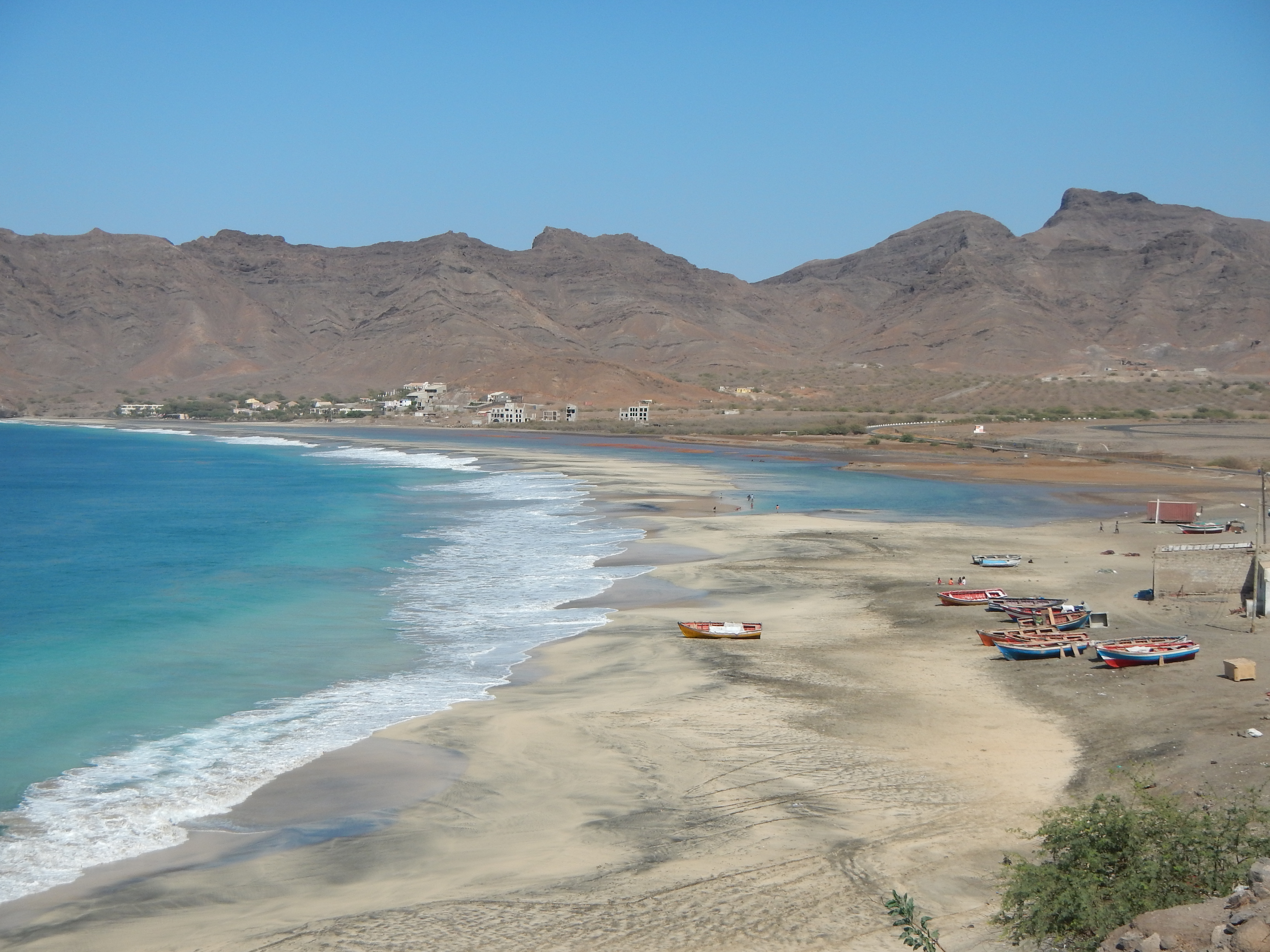- Ecosystem Conservation
- Creation-Management of Community based Protected Areas
- Threatened species conservation
- Bénéficiaire BIOSFERA I NGO
- Montant du projet 173 145€
- Subventions FFEM 75 000€
-
État du projet en cours
The uninhabited desertic and arid island of Santa Luzia is located at 8.5 Km to the neighbor main inhabited island of São Vicente. The Natural Reserve of Santa Luzia, considered Priority Key Biodiversity Area (KBAs), counts with a land surface of 3.500ha and 27.200ha of ocean surface. It holds the entire world population of the endemic and Critically Endangered Razo Lark (Alauda razae) which was reintroduced to Santa Luzia from Raso island in 2018 by the Biosfera and SPEA (BirdLife Partner in Portugal) teams (70 specimens). It also holds more than 1 000 nesting females of Loggerhead Turtle (Caretta caretta, EN) each year and is the only refuge for four endemic species and sub-species of terrestrial reptiles with unfavorable threat status (Tarentola raziana, NT and Hemidactylus bouvieri razoensis, CR). Biosfera has initiated a co-management process to formalize its long-term commitment and take part in the decision-making process regarding the protection of the island. This process is currently being developed and requires strong advocacy work to convince the authorities to validate, implement and monitor the Natural Reserve management plan. Finally, citizens are not sufficiently aware of all these because of the remoteness of the island.
As an uninhabited island it makes it extremely fragile to anthropogenic threats. The perfect example of this was the extinction of all seabird colonies present on the island, which became extinct due to the introduction of invasive species such as cats and mice. Nowadays, this invasion is over but because of regular fishermen landing on the island, protection measures need to be kept. Another anthropogenic threat to the biodiversity of Santa Luzia is coastal pollution, with direct impact on the turtles, birds and terrestrial reptiles. Finally, the area is unfortunately insufficiently protected by DNA (National Directorate of the Environment), the authority in charge of its management.
